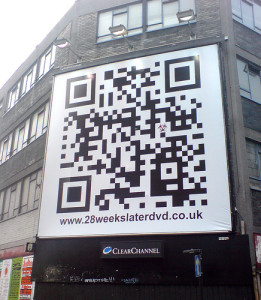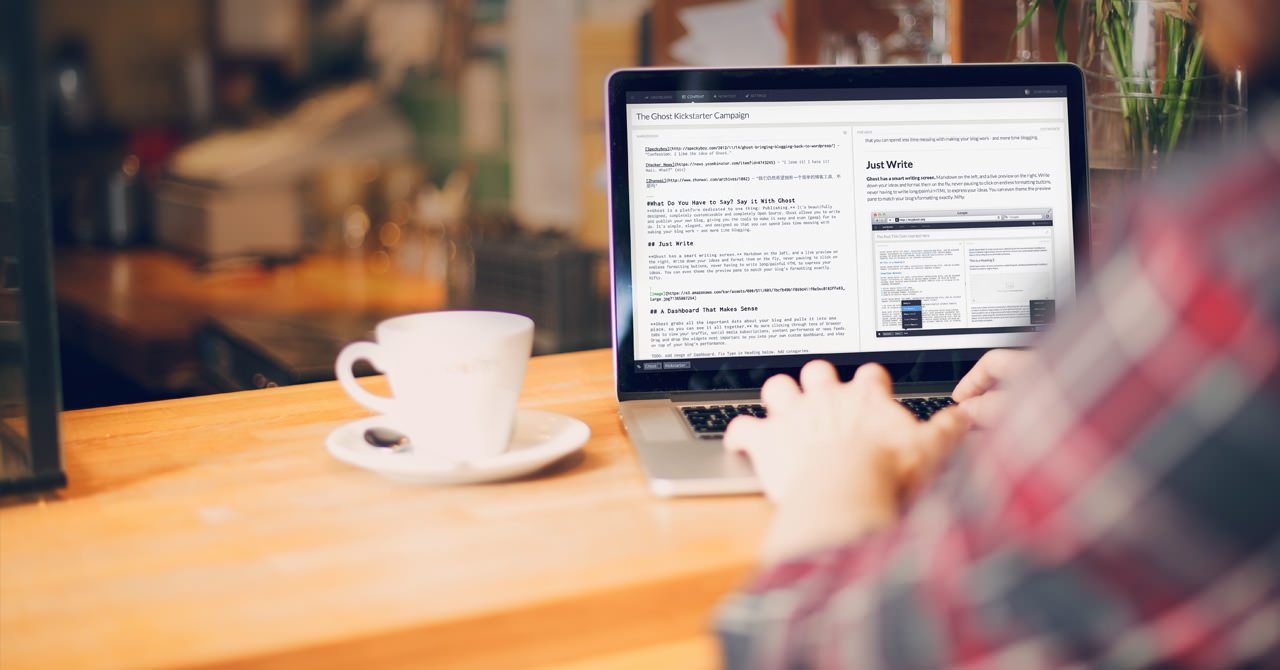You may have noticed the proliferation of QR codes in your mailbox in the last few years. We certainly are moving toward a digital world, and QR codes are part of that evolution.
A QR code is a two-dimensional barcode that’s read by a camera-equipped smartphone with a QR code-scanning application (app). These codes let companies connect offline customers with online (Web) content in an engaging and interactive way.
How QR Codes Work
When customers scan your QR code with their smartphone, they can access a good deal more information than you would ever be able to fit on a direct mail piece, sign, ad, or business card.
The process is simple. A customer—or potential one—scans your QR code and is instantly directed to a Web page or other online content for…
- Product information
- Coupons and special offers
- Contest entries or giveaways
- Surveys and video clips
- Promotional or informational videos
- Sending of text or email messages
- Liking a Facebook page or follows on Twitter
- Checking in via foursquare or Google Places
QR Codes are a great choice if you want customers to…
- Learn something, such as product information or reviews
- Receive something, like special offers or coupons
- View videos about your business, products, or services
- Do something, such as provide an email address or mobile number
Plus, you can track when customers scan your QR code and which offers and messages interested them most. You can adjust your next print/QR campaign accordingly to give customers more of what makes them respond.
Where Businesses Can Get QR Codes
So, how do you go about getting a QR code? Numerous online sources can convert a standard URL into a QR code (for example, http://www.qurify.com and http://goqr.me ). In many cases, it’s free.
Once the URL is converted, you can download the QR image file and then print it, upload it as a Facebook profile photo, or post it elsewhere online. Some QR-conversion sties can also encode maps, text, etc.
QR Code Specs and Best-Practices
Here are a few tips to help ensure you’re making the most of the QR code…
Size: Minimum size is 1 inch by 1 inch, ensuring that all smartphones are able to scan it.
Color: Black and white works best, but you can use color as long as there is a high enough contrast between dark and light areas.
White space: Leave a white border around the QR code so that scanners can read it properly and it stands out.
Call to action: Make sure you are clear about what you want customers to do and how scanning the QR code will benefit them. For example, “Scan this code to receive a coupon for 20% off your next purchase.” Remember, scanning a QR code requires effort and action from consumers, so they are highly unlikely to pull out a smartphone unless they know they’re going to get something in return. Therefore, it is important that you give some information on what the QR code links to and, depending on whom you’re targeting, instructions on how to download a QR code reader. In short, you need to entice the user, so make sure the content you are offering is worth the effort.
Written URL: It’s best to write directions for scanning the QR code at the top and put the URL underneath. Also, keep URLs short so they are easy to remember and quick to scan.
Test It: It’s easy to assume that because the QR code worked when you created it in the office it will work on a poster or billboard. Once you’ve received the final product, make sure you test the QR code using different reader apps and smartphones from a range of angles and distances. If you can’t get it to work in perfect conditions, then it’s not going to work at a bus stop. Modern, savvy consumers will become extremely annoyed if their efforts to scan a QR code come to naught.
Track It: As with all new technologies, it’s important to track how users interacted with your QR codes so that you can use the data to plan any future campaigns. You can use Google Analytics (among others) to create a custom campaign URL to track the number of people who have scanned the QR code.
* * *
Finally, it’s good to keep in mind that QR codes do not replace print, but they can supplement it in new, unique, and interesting ways. Ask your printer for assistance or examples of how QR codes can be used as a key element in your mailing and marketing campaigns.
[Via Marketing Profs]







